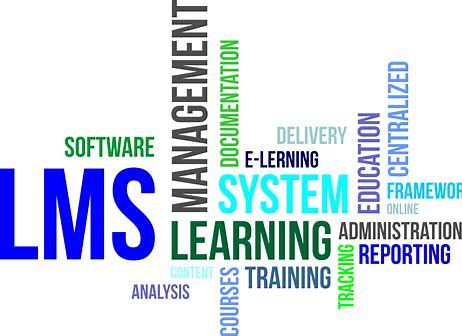LMS Virtual Classroom: The Future of Learning
In today’s digital age, technology has revolutionized the way we learn and interact with each other. The traditional classroom setting is no longer the only option for students to acquire knowledge and skills. With the emergence of Learning Management Systems (LMS) and virtual classrooms, learning has become more flexible, accessible, and engaging. In this article, we will explore the benefits and features of LMS virtual classrooms and how they are transforming the learning landscape.
What is an LMS Virtual Classroom?
An LMS virtual classroom is a software application that enables online learning and collaboration through interactive multimedia tools. It provides a simulated learning environment that replicates the experience of a physical classroom. Students can attend virtual classes from anywhere in the world, as long as they have an internet connection. The virtual classroom is a part of an LMS, which is a platform that manages and delivers online learning content.
Benefits of LMS Virtual Classrooms
1. Flexibility and Convenience
One of the most significant benefits of LMS virtual classrooms is their flexibility and convenience. Students can attend classes from their homes, offices, or any location that suits them. This eliminates the need for commuting, which saves time and money. Moreover, virtual classrooms allow students to learn at their own pace, as they can access the recorded sessions anytime.
2. Interactive Learning Experience
Virtual classrooms offer a more engaging and interactive learning experience than traditional classrooms. They provide a range of multimedia tools, such as videos, animations, quizzes, and simulations, that make learning more interesting and effective. Students can participate in discussions, ask questions, and collaborate with their peers, which enhances their learning experience.
3. Cost-Effective
Virtual classrooms are cost-effective for both students and institutions. Students do not have to pay for transportation, accommodation, or other expenses associated with traditional classrooms. Institutions can save money on infrastructure, such as classrooms, laboratories, and libraries, as virtual classrooms eliminate the need for these facilities.
4. Accessibility
Virtual classrooms are accessible to students with disabilities, as they provide features such as closed captions, screen readers, and magnifiers. This ensures that all students have equal opportunities to learn and participate in the class.
Features of LMS Virtual Classrooms
1. Real-Time Collaboration
Virtual classrooms enable real-time collaboration among students and teachers. They provide tools such as whiteboards, chat rooms, and breakout rooms, which facilitate group discussions, brainstorming sessions, and project work.
2. Recording and Playback
Virtual classrooms allow teachers to record their sessions and make them available for students to review later. This feature helps students to revise the concepts they have learned and clarify their doubts.
3. Assessment and Feedback
Virtual classrooms provide tools for assessment and feedback, such as quizzes, tests, and surveys. These tools help teachers to evaluate students’ performance and provide feedback to improve their learning.
4. Customization and Branding
Virtual classrooms allow institutions to customize and brand their learning environments. They can add their logo, colors, and themes to create a unique and professional look.
Conclusion
LMS virtual classrooms are transforming the learning landscape by providing flexibility, convenience, interactivity, cost-effectiveness, accessibility, and a range of features. They are becoming increasingly popular, as more institutions and students are recognizing their benefits. However, there are still some challenges and limitations, such as technical issues, lack of face-to-face interaction, and digital literacy. To overcome these challenges, institutions and teachers need to invest in training, support, and resources to ensure that students have a positive and effective learning experience. As technology continues to evolve, LMS virtual classrooms will continue to innovate and improve, making learning more accessible, engaging, and effective for all.

